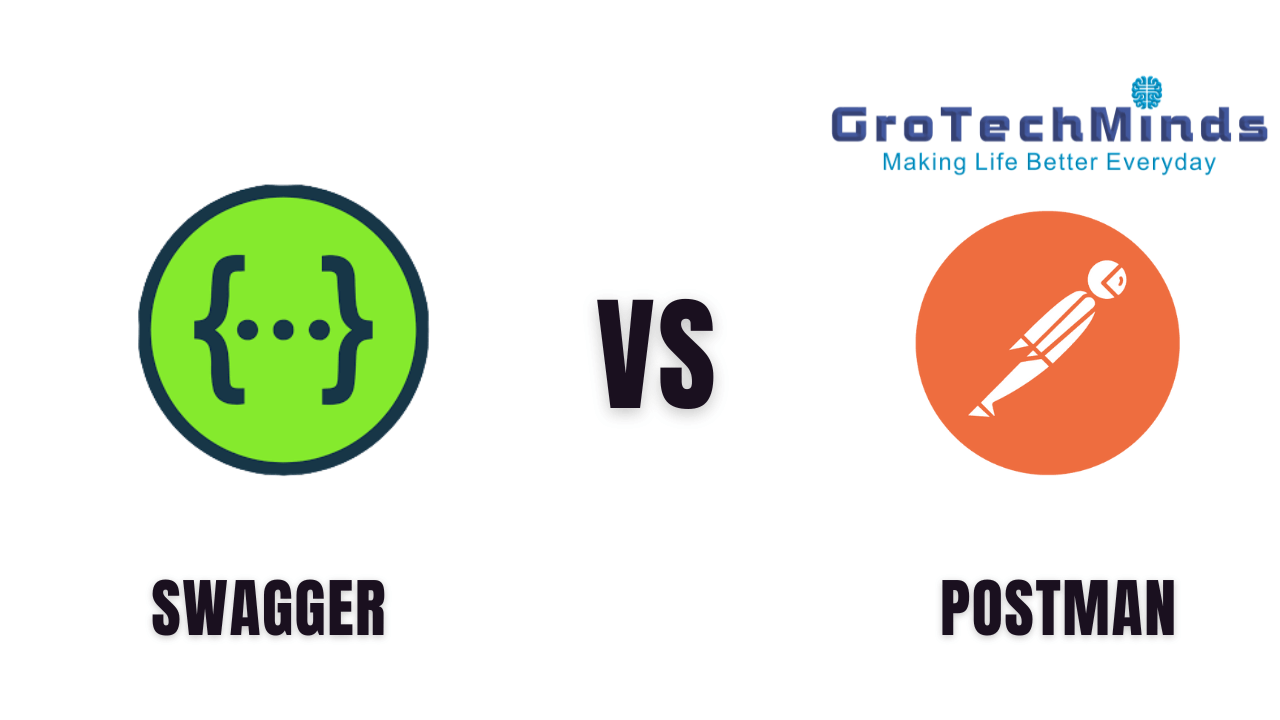In the dynamic realm of software testing, staying abreast of the latest tools and technologies is paramount. As professionals at GroTechMinds Software Ltd, where precision and reliability are non-negotiable, understanding the nuances of testing tools is a fundamental requirement. In this context, the comparison between Swagger and Postman is particularly pertinent, given their widespread use in API testing. This exploration is especially crucial for those looking to enhance their skill set and embark on the journey of manual testing in software testing.
Why Learn Manual Testing at GroTechMinds Software Ltd?
Before delving into the comparison of Swagger and Postman, let’s briefly underscore the importance of learning manual testing at GroTechMinds Software Ltd. In an age where automation often takes center stage, manual testing remains an indispensable aspect of the testing process. Manual testing allows testers to meticulously scrutinize software applications, uncovering nuanced issues that automated tools might overlook. At GroTechMinds, we recognize the synergy between manual and automated testing, emphasizing the need for comprehensive testing strategies.
The Significance of API Testing in Modern Software Development
APIs (Application Programming Interfaces) serve as the backbone of modern software applications, facilitating seamless communication between different software components. Effective testing of these APIs is crucial to ensure that applications function as intended. This is where tools like Swagger and Postman come into play, streamlining the API testing process and enhancing the overall efficiency of testing efforts.
Swagger: Unveiling the Swagger UI
Swagger, now known as the OpenAPI Specification, is an open-source framework that enables developers to design, document, and test RESTful APIs. One of its notable components is the Swagger UI, a user interface that allows developers and testers to visualize and interact with the API resources without diving into the intricacies of the code. At GroTechMinds, understanding the Swagger UI becomes an invaluable skill for testers involved in API testing.
Postman: Beyond a Request Sender
Postman, on the other hand, has emerged as a multifaceted tool that extends beyond merely sending requests to APIs. It provides a comprehensive platform for designing, testing, and managing APIs throughout the development lifecycle. The intuitive user interface of Postman facilitates manual testing, enabling testers to create and execute API requests effortlessly. At GroTechMinds, proficiency in Postman is recognized as a valuable asset for testers engaging in manual testing processes.
Comparative Analysis: Swagger vs. Postman
1. User Interface and Ease of Use:
Swagger’s user interface, particularly the Swagger UI, is renowned for its simplicity and clarity. The visual representation of API resources and endpoints makes it easier for testers to understand the structure of the API. However, Postman’s user interface, while robust, may have a steeper learning curve for beginners. At GroTechMinds, we acknowledge the significance of user-friendly tools, particularly for those new to manual testing.
2. Documentation Capabilities:
Documentation is a crucial aspect of API testing. Swagger, with its emphasis on the OpenAPI Specification, excels in generating comprehensive API documentation. Postman also provides documentation features, but the structured and standardized documentation produced by Swagger can be advantageous for teams at GroTechMinds aiming for clarity and precision in their testing processes.
3. Collaboration and Team Integration:
Both Swagger and Postman offer collaborative features, allowing team members to work together on API testing projects. Swagger, through the SwaggerHub platform, provides a centralized space for API development and testing collaboration. Postman, with its cloud-based features, also facilitates team collaboration. At GroTechMinds, understanding the collaborative capabilities of these tools is crucial for seamless teamwork in testing projects.
4. Testing Capabilities:
In terms of testing capabilities, both Swagger and Postman allow testers to create and execute API requests. However, Postman goes a step further by offering a testing framework that enables the creation of automated test scripts for APIs. For testers at GroTechMinds, this feature of Postman can be particularly appealing when considering the integration of manual and automated testing in the overall testing strategy.
Conclusion: Navigating the Testing Landscape at GroTechMinds
In conclusion, the choice between Swagger and Postman hinges on various factors, including the specific needs of the testing project and the preferences of the testing team at GroTechMinds Software Ltd. Learning manual testing, especially in the context of API testing, is an ongoing journey that requires a nuanced understanding of the available tools.
Aspiring testers at GroTechMinds should consider acquiring proficiency in both Swagger and Postman, recognizing the unique strengths each tool brings to the testing landscape. Ultimately, a well-rounded skill set that includes manual testing, familiarity with API testing tools, and an appreciation for the collaborative nature of testing at GroTechMinds will undoubtedly set testers on the path to success in the ever-evolving field of software testing.










